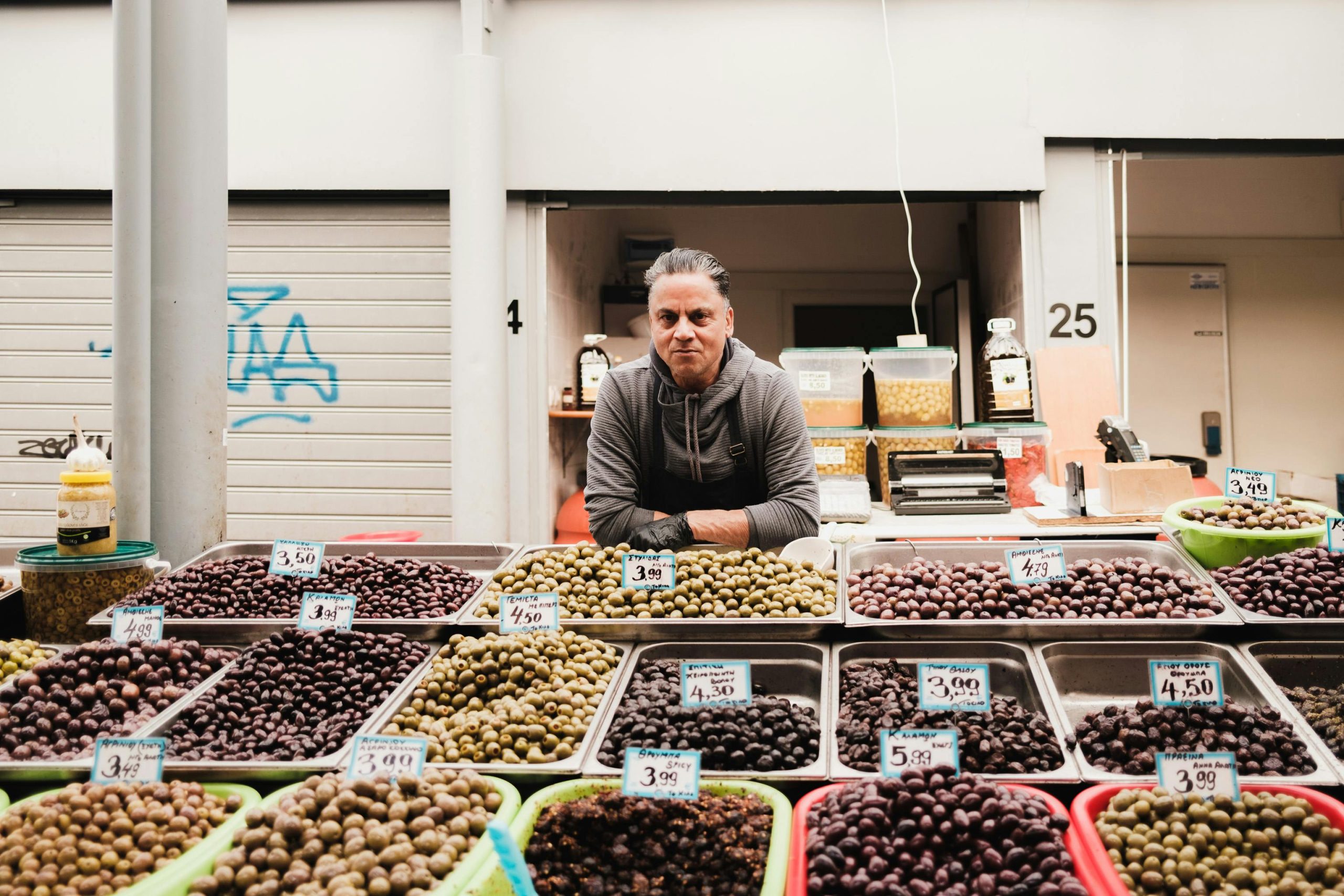Title: Exploring the Future of Food Stall Pricing in Urban Markets
In recent years, the landscape of street food pricing has become an increasingly pressing topic among urban dwellers and food enthusiasts alike. Observers have noted a steady escalation in the prices charged at local food stalls, with some now approaching the cost of sit-down dining experiences. This trend raises important questions about the sustainability and future trajectory of street food economics in bustling city environments.
The Rising Cost of Street Food
Over the past five years, there has been a noticeable shift in pricing structures at many city-based food stalls. Factors such as rising rent, increased operational expenses, and inflationary pressures are often cited as primary drivers behind these increases. Consequently, vendors have been compelled to pass some of these costs onto consumers, leading to a gradual but persistent upward trend in street food prices.
Is There an Upper Limit?
While consumers often accept higher prices, especially in tourism-heavy areas or vibrant markets, the question remains: is there a ceiling? How much more can prices rise before they, paradoxically, begin to hinder sales? For instance, if a street food vendor begins charging £14 or £15 for medium-quality, barely-warmed meals, will this deter regular customers? Or will the market adapt, with only the middle and upper classes continuing to indulge?
Market Dynamics and Potential Outcomes
Understanding the mechanics of capitalism offers some insight into potential future developments. One scenario is that escalating prices could lead to a market correction, where lower-cost vendors either innovate to cut costs or exit the market altogether. This could result in a reduced diversity of options for consumers, with only premium vendors remaining and the mid-range options disappearing.
Alternatively, a price saturation point might be reached, after which vendors are forced to lower prices to attract customers again, potentially leading to a market crash or a shift in consumer demand. Such fluctuations could dramatically reshape the street food scene, especially in high-density urban areas.
Long-Term Outlook
Given London’s historical tendency toward continuous economic growth and inflation, it is plausible that prices could keep climbing — envisioning a future where a gourmet burger and chips might cost £20 or more by 2029. While this is speculative, it underscores the importance of discussing sustainability within the street food sector. How can vendors balance quality, affordability, and profitability without alienating their customer base?
In Conclusion
The trajectory of food stall pricing in cities is a complex interplay of economic factors, consumer behavior, and market adaptability. While the current trend points toward increasing prices

